APIs for marketers: connecting the dots in your marketing ecosystem
Here we are back again talking about how marketers can use APIs. If you missed the first part of this series where I covered what an API is, check it out here.
From a marketing standpoint (not technical one) there are two key conceptual areas where API’s can help grow your marketing ecosystem and help you market better on a one-to-one level:
- Content delivery
- Data access
APIs for Content delivery
This is a very broad subject, we are talking here about everything from sending an SMS to integrations with social media, advertising services (ad media buying tools), targeted advertising on your website, call centre next best offers and the list goes on and on. But the key thing we are talking about are touchpoints your customers have or could have with your brand. API’s assist marketing teams to both connect with customers and do it in highly targeted and personal way.
This is all done by delivering the right content to the right customer, at the right moment. To just push the same advert to all customers in an overly simple segment, like age 20-30 and female, is no longer good enough. Your message will be lost in the noise of so many other poorly timed and targeted messages.
What content might you be able to or want to deliver if there were no limits? This of course depends a lot on the marketing tool and the functions it has exposed as an API, but here are some good examples used across various marketing platforms to get you thinking.
Pushing messages from your marketing platform
Pushing messages from your marketing platform to all the touchpoints your marketing ecosystem can reach; email, SMS, app push, social media and point of sale systems to name a few. Most marketing solutions have now exposed API endpoints that let your external ecosystem piggyback on and use your messaging tools to send transactional and service messaging through your marketing platform. This helps you as a marketer to improve consistency of brand image, as well as with trackability of contact and response history within your marketing tool. There are also cost saving opportunities as you are not maintaining as many tools to message customers.
The first step is to build a script that uses API calls to your marketing platform to generate a report of contacts and their personalisation data. From there another set of API calls need to be built to your marketing endpoint, to push up this data and send out your communications.
Real time messaging
HCL Unica Interact is an example of a real-time artificial intelligence and scoring driven offer suggestion tool. It is “called” (you might say triggered) by your external system, be that your website, mobile app, call centre next best offer list, etc. Once configured, your external systems make API calls to Unica Interact, providing a pre-agreed list of facts you know about the current contact. This might be some sort of customer ID, in the case of known customers, or a list of facts like which part of the website they are on or have viewed in that session, in the case of unknown customers. Interact then delivers content in the form of offers it believes are the best next offer to show the customer.
APIs for Data Access
How do you target customers more effectively, with more personalised messaging and at the right time? Well for starters you need to know your customers! I bet if you stopped for a moment and thought about it, within your own organisation you could think of many sources of information that could help you understand your contacts better. The frustrating thing is when you can’t currently access that detail from your marketing tool to use it in your targeting. Beyond your organisation you probably already have third parties in place (or ones you plan to bring in) who collect information that would be highly valuable to your marketing efforts as well. API’s can bring this data into your marketing platform so you can start to use it!
Pushing and pulling data from customer touchpoints
As we already covered sometimes a required customer touchpoint (SMS/PUSH/advertising services etc) isn’t natively integrated in a marketing platform. But you’re likely to find your external services already have an API for pushing data into their systems and firing a message.
Once you have used a process such as the one described above you will want to know how your customers responded to the message, to better target them going forwards. Again this sort of integration can be built out quickly to call the data from the external system and push it to your marketing tool of choice.
An important note to remember here is that API’s are re-usable for many different use-cases. Remember the bank loan analogy in part one of this blog series? The systems you are using APIs with don’t distinguish the reason for your request for data to be sent, they don’t care which SMS template is being triggered, whether it’s the same report template you’re after or if you want to store data in a particular reference table. This means APIs are re-usable and there’s no need to build out new ones every time you’re using them.
The possibilities of APIs in marketing
This is by no means the end and this not an exhaustive list of all the ways marketers can use API’s to quickly extend the reach of your marketing ecosystem. My goal here is simply to open your eyes to the possibilities.
With proper support from specialists with APIs in marketing automation and your market specific knowledge of your sector, business, and customer base you can use the power of API’s to take your marketing ecosystem ideas to the next level. If you’re looking for support in this area, feel free to reach out to us for a chat!
Like what you see?
Subscribe to our newsletter for customer experience thought leadership and marketing tips and tricks.




